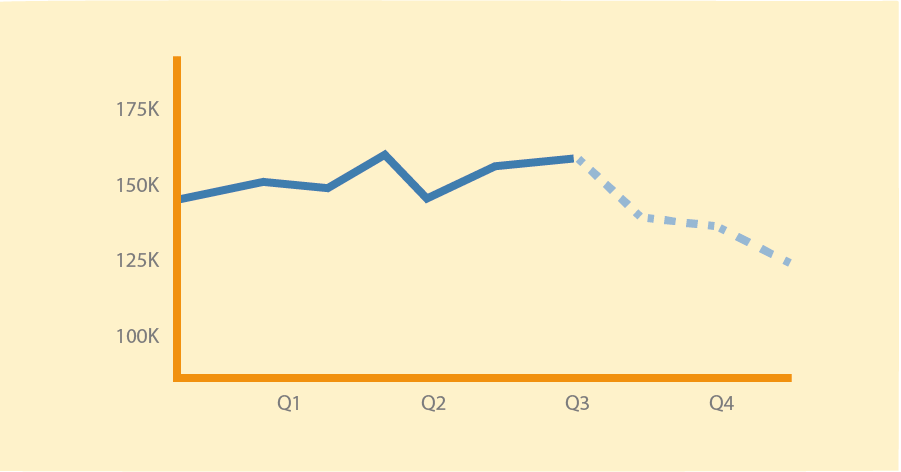As an operations manager of a service organization, you undoubtedly know this dilemma: the boardroom talks in euros, but your planning system thinks in hours. While senior management sets targets for turnover, margin and profitability, traditional resource planning is limited to optimizing the use of hours. This gap between strategic objectives and operational management is a fundamental problem for many IT companies, accountancy firms, consultancy firms and technical service providers.
Limitations of traditional resource planning
Traditional resource planning has served as the workhorse of service organizations for many years. The system helps assign employees to projects, prevents overload and ensures efficient use of available capacity. For operations managers, it provides insight into who is deployed where and when, and whether there are enough people available for new assignments.
This approach works well for operational purposes, but fails when it comes to strategic direction. When management sets targets for 15% revenue growth or 3 percentage point margin improvement, traditional planning systems cannot answer crucial questions such as:
- Which projects contribute most to our revenue targets?
- How does deploying a senior consultant versus a junior employee impact our profit margin?
- Which customers or project types deliver the highest return on investment?
As a result, while operations managers can report on productivity and capacity utilization, they cannot directly connect the dots to the financial targets that determine the direction of the company.
The result: financial blindness
This separation of operational planning and financial management has far-reaching consequences. Decisions about resource allocation are made on the basis of availability and skills, not on the basis of commercial impact.
For example, a fixed-price project requiring 100 hours is considered the same as a time and materials project that also requires 100 hours – while the financial impact can differ drastically if cost prices differ between consultants.
In addition, a communication gap is created between different management layers. While senior management talks about quarterly targets and annual budgets, operations managers report on occupancy rates and realization of hours. These different languages make it difficult to connect operational choices to strategic goals.
Impact-led resource planning: the next step
Impact-led resource planning breaks through these traditional limitations by integrating commercial rates and cost-price rates into the planning process. Instead of just looking at available hours, the system calculates the true financial impact of every planning decision.
This means that each employee is defined not only by their skills and availability, but also by their hourly rate to the client and their internal cost price. Projects are not only scheduled in hours, but also directly translated into expected turnover and margin. The result is a planning system that speaks the same language as senior management.
In addition, impact-led resource planning is not based solely on theoretical plans, but also integrates actual hours spent and recent progress measurements of ongoing projects. By combining this real-time data with financial parameters, reliable predictions are created, making future forecasts increasingly accurate. This ensures that management can steer based on current insights instead of outdated assumptions.
Concrete benefits for Operations Managers
For operations managers, impact-led resource planning opens up new possibilities for strategic management. Suddenly, they can provide real-time insight into how operational decisions contribute to business targets. Some concrete benefits:
Proactive target management : Instead of discovering afterwards that targets are not being met, operations managers can make adjustments during the year. If it turns out that the planned turnover is lagging behind, they can immediately see what adjustments to the planning are needed.
Strategic resource allocation : When multiple projects compete for the same resources, the system provides clear criteria for prioritization. The project with the highest contribution in margin is given priority, not the project that came in first.
Improved communication : Operations managers can translate their reports directly into financial impact. This strengthens their position in strategic discussions and makes their contribution to business success visible.
Conclusion
Impact-led resource planning transforms operations managers from executors to strategic partners. They are enabled to combine operational excellence with financial responsibility. This not only increases their influence within the organization, but also directly contributes to better business results.
For service organizations that want to grow in a competitive market, this evolution is essential. Only by linking operational planning to financial objectives can they optimally use their resources and realize their strategic ambitions.
The question is not whether your organization should take this step, but when. Because in a world where margins are under pressure and competition is increasing, impact-led resource planning is no longer a luxury – it is a necessity.




